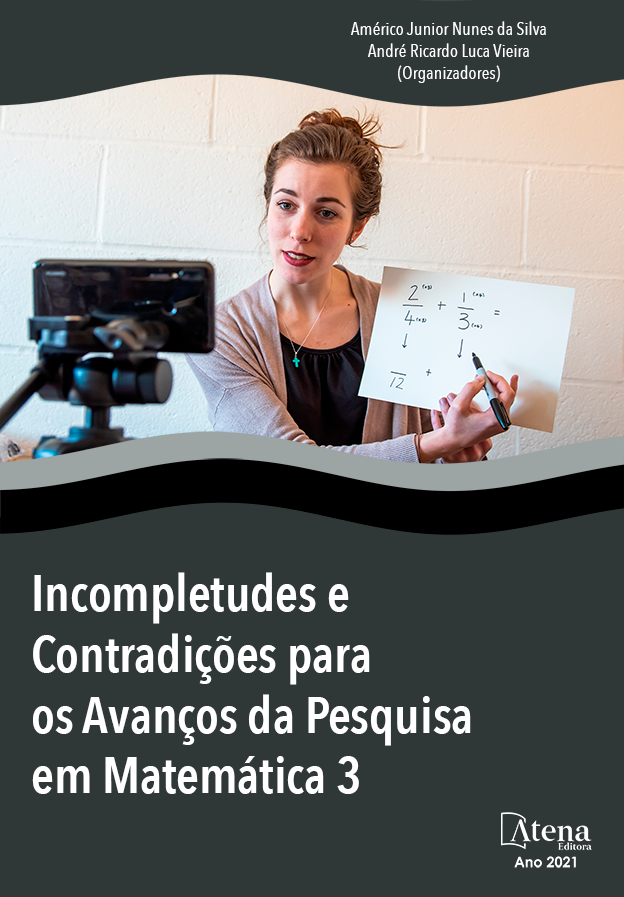
ANÁLISE DINÂMICA DE UMA VIGA DE EULER-BERNOULLI SUBMETIDA A IMPACTO NO CENTRO APÓS QUEDA LIVRE ATRAVÉS DO MÉTODO DE DIFERENÇAS FINITAS
O presente trabalho apresenta um algoritmo para modelar a vibração de uma barra em queda livre submetida a um impacto no centro, pelo Método de Diferenças Finitas centrada (MDF). Com base no MDF, discretizamos a equação geral do movimento da viga de Euler-Bernoulli, considerando as condições iniciais e de contorno e obtendo a solução numérica de deslocamento e momento de flexão de uma barra em função do tempo. Sob as mesmas condições, realizamos uma simulação no software ANSYS LS. Comparando os resultados do MDF com o ANSYS, não houve diferenças significativas, confirmando que o algorítmo desenvolvido nesse trabalho é confiável e pode ser usado para análises de propagação de trinca dinâmica no futuro.
ANÁLISE DINÂMICA DE UMA VIGA DE EULER-BERNOULLI SUBMETIDA A IMPACTO NO CENTRO APÓS QUEDA LIVRE ATRAVÉS DO MÉTODO DE DIFERENÇAS FINITAS
-
DOI: 10.22533/at.ed.55721100312
-
Palavras-chave: Análise dinâmica, Viga de Euler-Bernoulli, Método de Diferenças Finitas, ANSYS – LS, Elementos Finitos.
-
Keywords: Shock, Euler-Bernoulli beam, Numerical solution, Centered Finite Difference Method.
-
Abstract:
The aim of this work is to develop finite difference algorithm in order to model the vibration of a bar subjected to an impact at the bar center, simulating freely dropping. Based on by Centered Finite Difference Method (CFDM), we has discretized the general movement equation of the Euler-Bernoulli beam with the consideration of initial and boundary conditions and obtained numerical solutions of displacement and bending moment of the bar in terms of time. We also have carried out the same modeling by using the software ANSYS LS. Comparing the results from the CFDM with the one from the ANSYS, we find no significant differences between them and confirm that the algorithm developed in this work is credible, which can be used for the analysis of the crack dynamic propagation in future.
-
Número de páginas: 11
- Wang Chong
- BRUNO CONTI FRANCO


